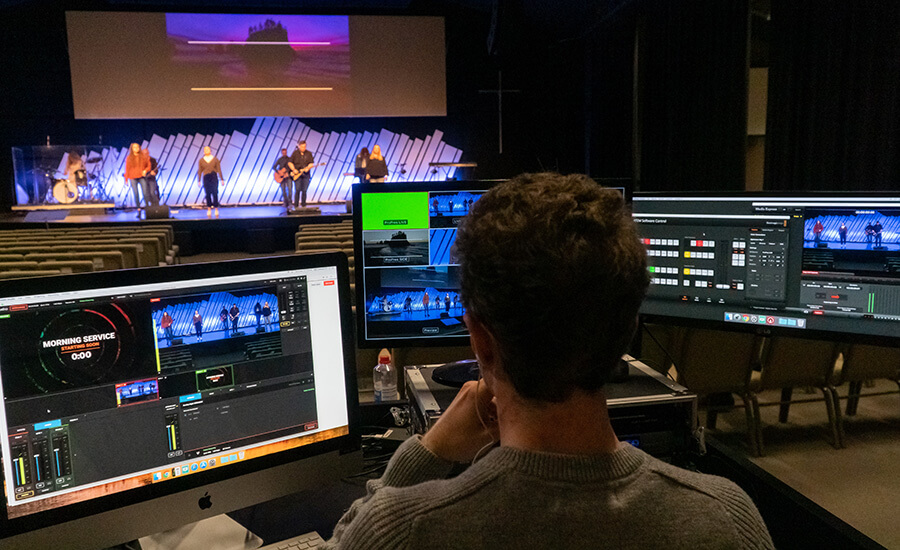Integrating Legacy Systems utilizing Cutting-Edge Sound Networking Technologies for Enhanced Performance and Flexibility.
Within today's fast-paced world of sound technologies, the need to improve efficiency and adaptability in sound solutions is more crucial than ever before. Numerous organizations and venues still rely on legacy systems, which are older solutions that may fail to have the capabilities of modern equipment. However, harmonizing these outdated technologies with cutting-edge audio communication solutions can lead to significant enhancements. Sound networking allows for better communication between devices, making it simpler to manage and operate audio across various areas.
A of the key benefits of integrating legacy technologies with modern audio communication is increased adaptability. Traditional audio systems often involve complicated cabling and restricted pathway options. With audio communication solutions like Dante or AVB, audio signals can be sent over conventional Ethernet connections. This implies that users can readily link various devices without the requirement for extensive rewiring. Whether in a performance hall, a educational theater, or a corporate function, this adaptability allows for rapid modifications and changes to the audio setup without major delays.
Performance is another major factor that enhances when older systems are modernized with current communication solutions. Legacy technologies may struggle to provide superior sound, particularly in larger spaces or in challenging events. By implementing audio networking, organizations can leverage of advanced features such as minimal latency, timing, and digital signal processing. These improvements help ensure that sound is distinct and uniform, improving the complete quality for listeners and performers alike. This transition can create a noticeable difference in the way sound is perceived in various settings.
Additionally, harmonizing legacy systems with modern technologies can lead to cost savings in the long run. Although modernizing to novel equipment may require an upfront cost, the efficiency gained through audio networking can lower educational audiovisual systems upkeep costs and minimize the need for ongoing repairs. Furthermore, connected technologies often require fewer tangible space than conventional setups, which can save on real estate expenses in locations. Organizations can allocate funds more effectively, utilizing the savings they retain to allocate resources in other important fields.
Lastly, training staff on the method to operate integrated systems becomes easier with sound networking. Many modern sound communication platforms come with user-friendly interfaces and distant management capabilities. This means that including those who may lack extensive technical expertise can be trained to manage and operate the audio solutions effectively. Training initiatives can be developed around these technologies, empowering personnel to manage and troubleshoot technologies with confidence. By blending the legacy with the new, organizations can create a more competent and skilled team, in the end leading to improved sound outcomes for everyone concerned.